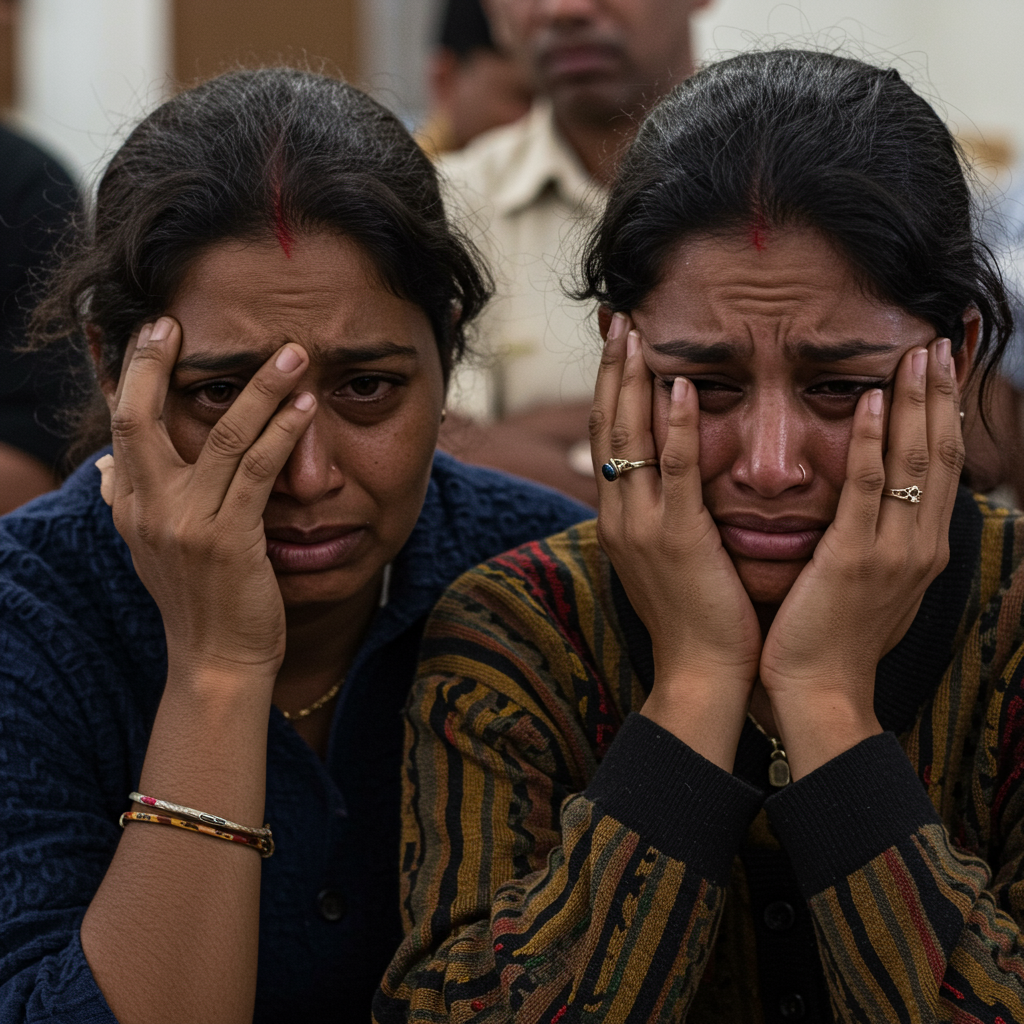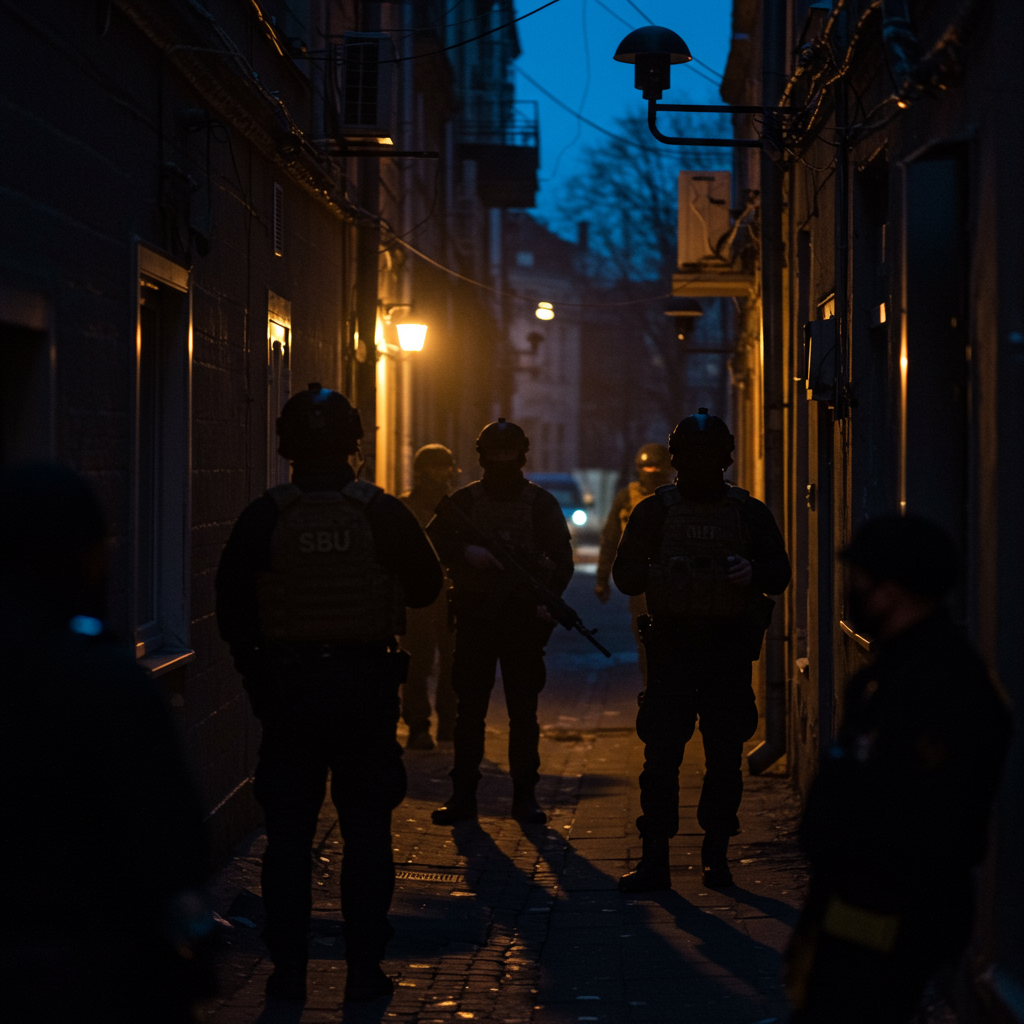The raw pain of loss hangs heavy for families whose lives were shattered by the Air India Flight 171 crash. Just a month after the devastating disaster, a preliminary report has been released, but instead of bringing clarity, it has deepened their anguish, leaving many with more questions than they had before. For those who lost loved ones, the fight for truth has only just begun, fueled by a desperate need to understand exactly what happened on that fateful day and whether this tragedy could have been prevented.
On June 12, 2025, Air India Flight 171, a Boeing 787 Dreamliner bound for London Gatwick, crashed into a suburban area near Ahmedabad shortly after taking off. The impact was catastrophic. Of the 242 people on board, 241 perished, alongside 19 individuals on the ground. The crash claimed the lives of 52 British nationals and 169 Indian passengers, leaving communities reeling on two continents. Amidst the devastation, there was one sole survivor, Vishwash Kumar Ramesh.
Preliminary Report Reveals Critical Failure, But Not the Cause
A key piece of information emerged from the preliminary investigative report published by India’s Aircraft Accident Investigation Bureau (AAIB) on July 12. It confirmed a critical anomaly occurred just seconds after the aircraft left the ground. The report states that the fuel switches for both engines were moved from the “run” to the “cut-off” position. This action, occurring within a single second after becoming airborne, immediately stopped the fuel supply, leading to a catastrophic loss of thrust.
Following this, evidence suggests the switches were returned to their normal position, triggering an automatic attempt to relight the engines and recover thrust. However, it was too late. The aircraft was airborne for less than a minute before it crashed. The report also included a chilling detail from the cockpit voice recording: one pilot is heard asking, “why did you cut off?” to which the other pilot denies doing so. While pinpointing this critical event, the preliminary findings offered no explanation for why or how the fuel switches were cut off at such a crucial phase of flight.
Families Speak: Grief, Disappointment, and the Quest for Truth
For the families of the victims, the preliminary report was a stark disappointment. Imtiyaz Ali, who lost his brother, sister-in-law, and their two young children, described reading the report as feeling like a “product description.” He felt it contained “nothing in it that really points to what caused the crash,” beyond the brief pilot exchange. Imtiyaz articulated the collective need: “This matters to us… We want to know exactly what happened.” He emphasized that while answers wouldn’t ease their grief, they are essential for understanding.
Shweta Parihar, 41, whose husband Abhinav Parishar, 43, died on the flight, echoed the desire for answers but coupled it with the profound finality of their loss. “For those of us that have lost loved ones, we’ve lost them, they are not coming back,” she stated. She questioned the ultimate solace an investigation could bring, grappling with the irreversible nature of death. Shweta also shared the heartbreaking impact on their 11-year-old son, Vihaan, who deeply misses his father and has vowed never to fly Air India again.
Badasab Syed, 59, who lost his brother, sister-in-law, and their two children, found the report left him with more questions. Referencing the discussion about the fuel control switch, he voiced the agonizing question haunting many: “Was this avoidable?” Badasab highlighted the immense pain inflicted on his family, particularly his 83-year-old mother, Bibi Sab, who is struggling profoundly with the loss of her son and grandchildren. He noted her grief has left her physically and emotionally weak.
Beyond Grief: The Call for Accountability and Transparency
Other families have voiced similar sentiments, transforming their grief into a powerful call for transparency and accountability. Ria Patel, granddaughter of victim Manju Mahesh Patel, described reading the report and seeing images of the wreckage as “heartbreaking.” While it offered a step toward understanding, she stressed she cannot find “peace” or “closure” without knowing where accountability lies. Her grandmother was returning to the UK after charity work, eager to see her family.
Sameer Rafik, cousin of victim Faizan Rafik, specifically called for the release of cockpit audio recordings, believing it’s the only way families will truly understand what transpired. Miten Patel, who lost his parents Ashok and Shobhana, acknowledged the preliminary report is just the beginning of a difficult process. He spoke of “a lot of anger, there’s a lot of frustration” but stressed the critical importance of a thorough and accurate investigation to determine the cause. Dr. Mario Donadi, a friend of victim Dr. Prateek Joshi, reacted to the initial findings as a “huge slap in the face,” questioning how a seemingly minor action like switching off fuel could lead to such a catastrophic outcome.
The Nanabawa family, who also perished in the crash, described the report as a “first stepping stone,” emphasizing their need for “honesty, transparency, and an unwavering commitment to uncovering the full truth.” They seek “justice and answers” for healing and hope the findings will help prevent future accidents. Ishan Baxi, cousin of two deceased sisters, expressed dissatisfaction and hoped the final report would provide full clarity, identify accountability, and push for real safety changes. These voices underscore a shared sentiment: knowing what happened isn’t enough; they desperately need to know why and who is responsible.
Aviation Experts Puzzled by Unusual Switch Action
The technical detail of the fuel switches being cut off immediately after take-off is particularly perplexing to aviation experts. Professor Graham Braithwaite, Director of Aerospace and Aviation at Cranfield University, explained that these switches are standard but are primarily used after landing or during emergencies like an engine fire. Crucially, they are designed with safeguards to prevent accidental activation. Professor Braithwaite noted the switches are physically separated in the cockpit’s center console, not side-by-side like household switches, making it difficult to accidentally move both simultaneously.
He characterized cutting off fuel at below 1,000 feet during the critical take-off phase as a “very unusual thing to do.” This stage demands the pilots’ complete focus on climbing and configuring the aircraft, not manipulating fuel switches unnecessarily. Professor Braithwaite described the entire crash event as “really, really unusual.” He highlighted the crucial distinction investigators must now make: was this switch movement a “wilful active sabotage” or a “mistake”? This determination will fundamentally alter the course of the investigation, potentially shifting it towards a police matter if sabotage is indicated. The preliminary report, he noted, uses “very careful wording,” indicating investigators remain “open minded” about the cause.
Other details from the report include the activation of the ram air turbine (RAT), an emergency power generator, just before the crash. The aircraft was approximately 11 years old, and its fuel switches had been replaced two years prior. All crew members were breathalysed before the flight and found fit to operate. Investigators found no significant bird activity near the flight path, and the aircraft began losing altitude before crossing the airport perimeter wall. Engines have been recovered and quarantined for further analysis, and “components of interest” have been identified. Fuel samples taken from refuelling tanks were deemed “satisfactory.” Statements have been taken from witnesses and the sole survivor.
The Long Road to Answers and Accountability
The preliminary report, while confirming a critical event, has fallen far short of providing the comprehensive answers needed by the grieving families. An aviation lawyer advising some families, Demetrius Danas, described the initial findings as “deeply concerning” and stressed the necessity of further scrutiny to establish the full facts. Air India has stated they stand in solidarity with the affected families, are mourning the losses, and are fully cooperating with the AAIB and other authorities. However, they are unable to comment on specific details due to the active investigation.
The AAIB investigation is expected to produce a more detailed final report within 12 months. If the investigation extends beyond a year, an interim report will be issued on the crash anniversary, and interim recommendations could be made sooner. For the families, this waiting period is agonizing. They navigate overwhelming grief while desperately seeking the truth behind the tragedy. They want justice for their lost loved ones and hope the full investigation will provide the answers necessary to ensure aviation safety protocols are reviewed and strengthened, preventing another such unusual and devastating event from ever occurring again. Their fight for understanding and accountability continues.
Frequently Asked Questions
What was the key finding of the Air India Flight 171 preliminary report?
The preliminary investigative report into the June 12, 2025 Air India Flight 171 crash revealed a critical event occurred shortly after take-off: the fuel switches for both engines were moved to the “cut-off” position. This action stopped the fuel supply, causing the aircraft to lose thrust and crash within seconds.
What technical anomaly was noted with the fuel switches in the Air India crash report?
The report noted that the fuel switches for both engines moved from “run” to “cut-off” within approximately one second after the plane became airborne. Aviation experts consider this highly unusual during the take-off phase, as these switches are primarily for use after landing or during emergencies. The report did not explain why this happened.
Why are Air India Flight 171 families dissatisfied with the initial investigation findings?
Families of the victims are deeply dissatisfied because the preliminary report confirmed what happened (fuel cut-off leading to loss of thrust) but did not explain why or how the switches were cut off. They feel the report lacks crucial causal information and fails to address the central question of avoidability, leaving them in painful uncertainty and hindering their ability to find peace or accountability.



